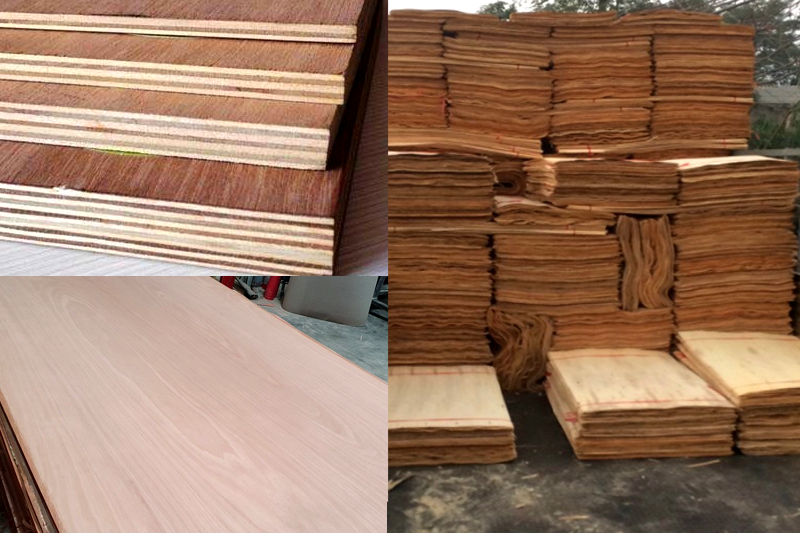Manufacture of plywood, veneer, and other thin boards

Vietsunwood specializes in Producing plywood, veneer, and other thin boards according to customers' orders and needs..
...
Plywood: is a sheet of material made from many layers of natural wood sliced about 1 mm thin.
These layers of wood are arranged perpendicularly in the direction of the wood grain of each layer, and then pressed
together under high temperature and pressure with the participation of adhesives.
Advantages of thin plywood
- Very easy to apply in industry, can be cut and pasted without much effort.
- The price of this plywood is very cheap, which can bring many economic choices when using this product.
- The product can be bent.easy to grasp
Structural composition of plywood:
- The core (or core): consists of many thin layers of wood with a thickness of about 1mm.
- Surface part: is a natural wood layer.
- Glue part: commonly used glues for plywood are Urea Formaldehyde (UF) glue and Phenol Formaldehyde (PF) glue.
- The raw materials for the production of plywood are usually woods such as pine, birch, filling, acacia, eucalyptus, and so on.
Plywood production process:
– The logs are cut to the specified size and peeled to ensure the evenness and smoothness of the veneer layers.
– The log continues to be peeled off into thin layers of wood by a specialized peeler.
– These laminates are chopped into dimensions of 8 feet x 2 feet for the whole slab and 4 feet by 2 feet for the core layer. They are then sent to a specialized machine to improve resilience.
- The laminates are then passed through a temperature controlled drying system for drying.
- Next, they are stored for 24 hours to retain moisture from 6 to 8%.
– These laminates are then transferred to the assembly line and the wood glue spraying line.
– In order for the glue to penetrate better and the board to be stronger, these laminates are pre-pressed under a fixed pressure for a certain period of time.
– These primary plywood stacks are then brought to the hot pressing line and pressed under controlled temperature and pressure.
- The next stage is rough cutting. The boards are cut into rectangles.
– After rough cutting, the boards are treated with a scrubber to achieve a smooth and uniform surface finish.
– The next step, the boards are taken to the glue spraying line to glue the surface layer on top.
– To achieve optimal stiffness, the board is pressed 4 more times. The first is pre-pressing under controlled pressure.
– After that, the board is pressed by a hot pressing line equipped with an elastic compression system under a controlled temperature to keep the appropriate moisture and ensure the flatness of the surface of the board.
– The board continues to be brought to the final cutting stage.
– Finally, to achieve the best quality, the board is transferred to the sander for final quality check.